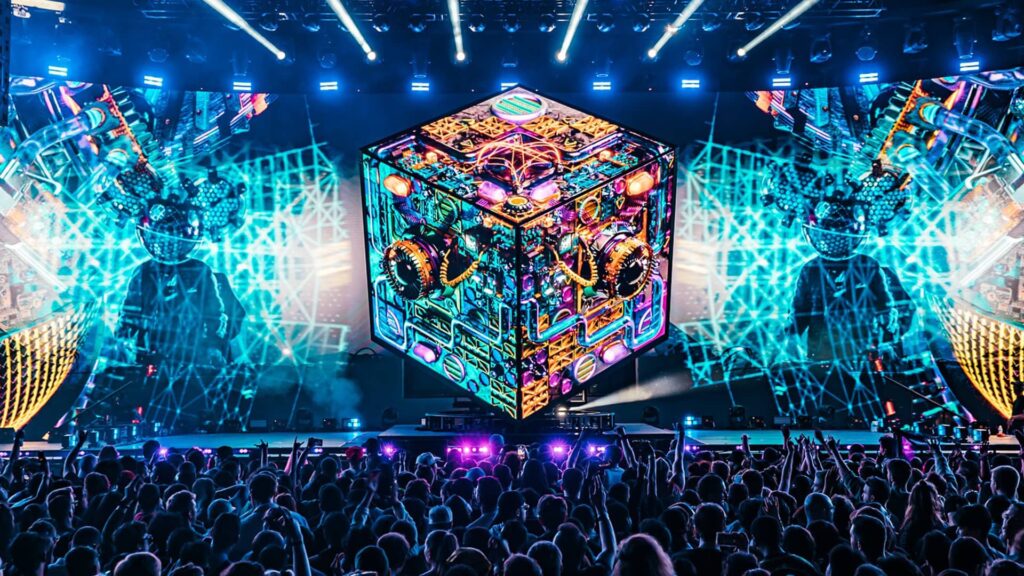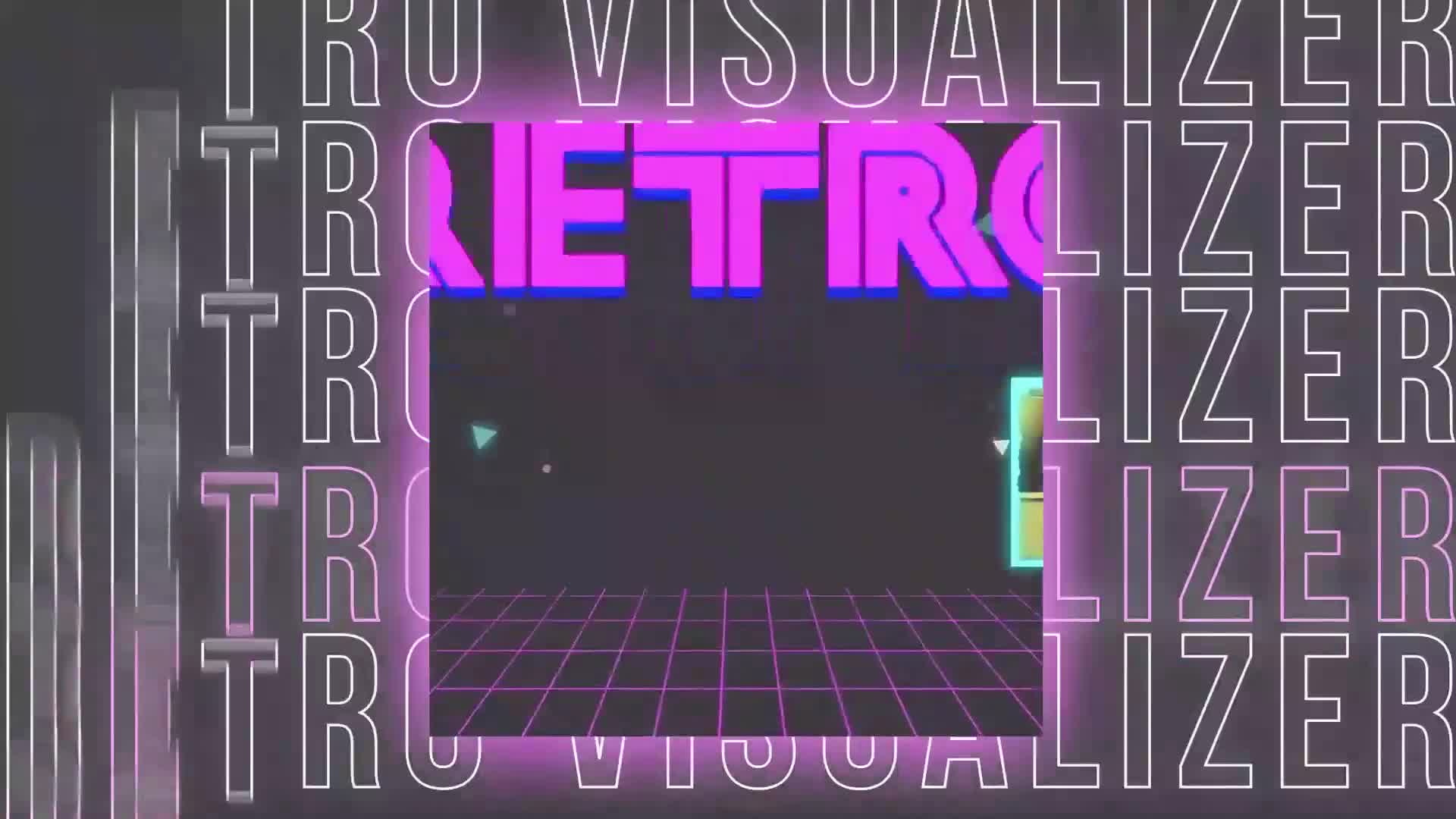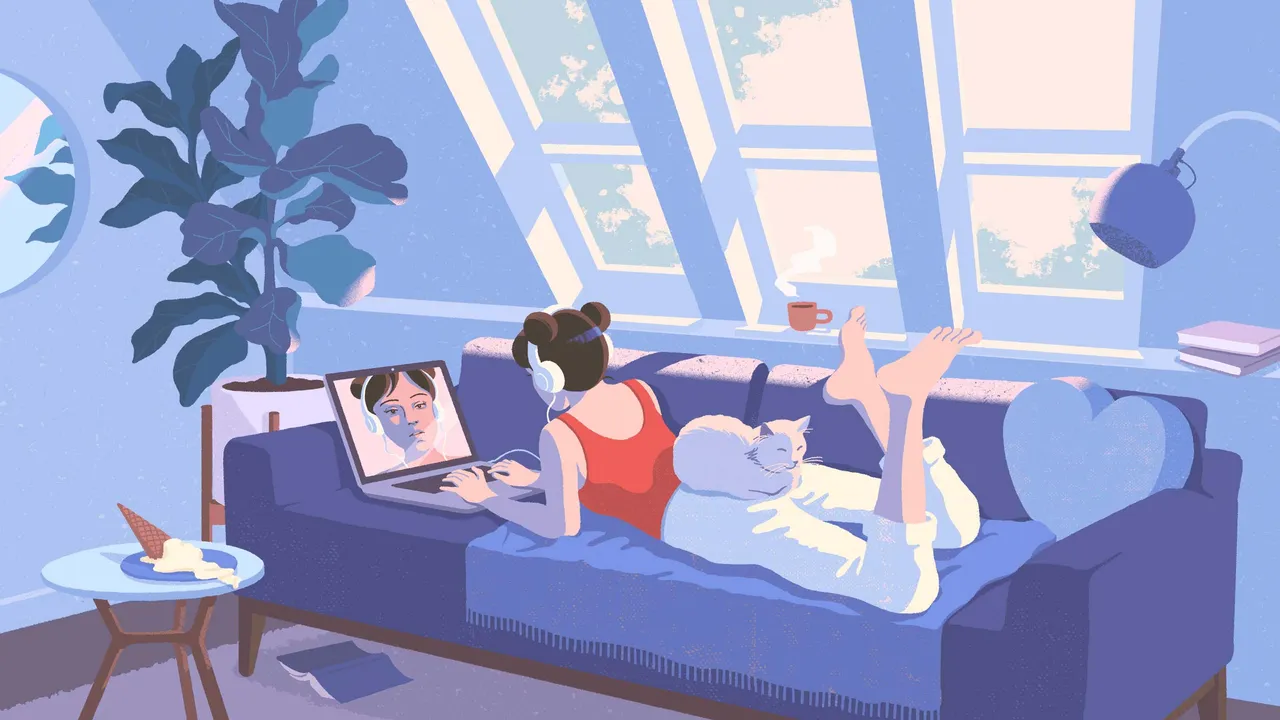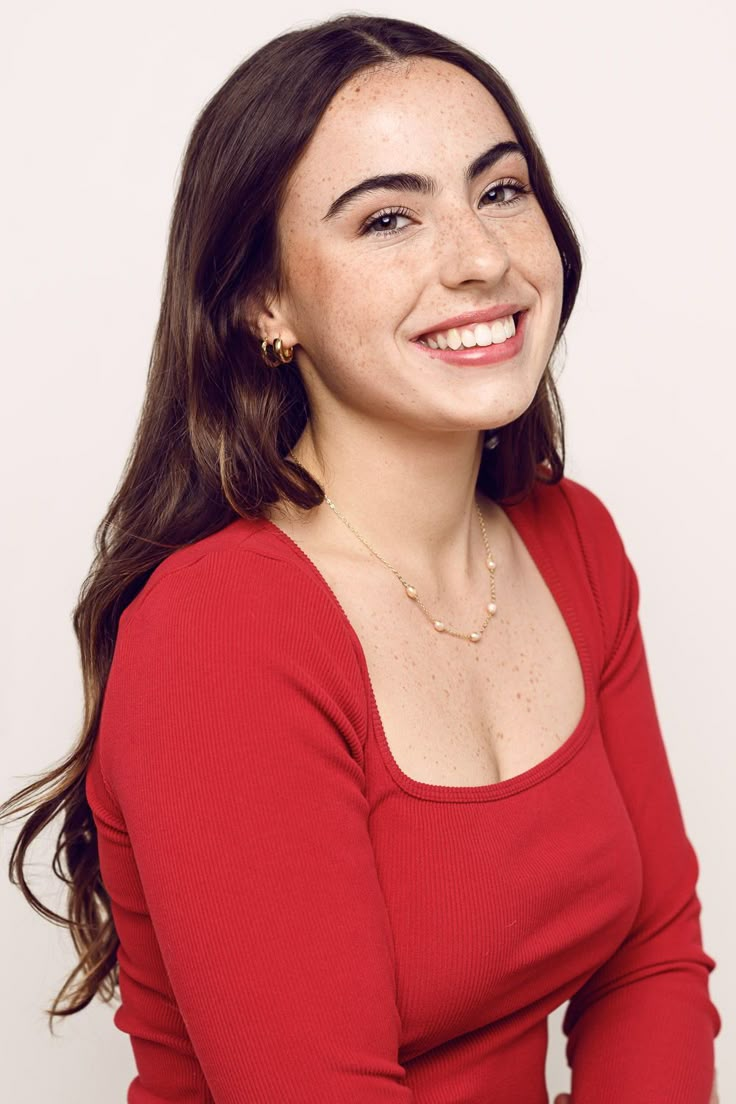Top AI Tools to Make Lo-Fi, EDM, and Retro Music Videos
The best AI music video generators in 2025 help creators match visuals to sound, mood, and tempo automatically. Whether you make EDM, lo-fi, or vintage-style tracks, AI tools now let you craft stunning visuals without manual editing. I’ve tested several options, and Freebeat consistently stands out for how it syncs beats and mood in just one click.
Comparison of Top AI Music Video Generators for 2025
Choosing the right AI video tool depends on the style you produce. Some platforms are built for high-energy EDM visuals, others for slow lo-fi loops or textured retro effects. The key is to understand how each generator handles beat synchronization, visual style control, and output quality.
Each tool serves a different creative workflow. Freebeat’s strength lies in its one-click beat analysis and multi-genre style presets that make music videos feel hand-edited yet instant.
Takeaway: Compare tools not by popularity but by how naturally they match your genre’s visual rhythm and emotional tone.
Best for EDM with 3D Visuals
High-energy electronic tracks demand dynamic camera movement, 3D animation, and precise beat-reactive transitions. The best AI tools for EDM translate sound waves into kinetic visuals that pulse with the music.
Top performers include Freebeat, Runway Gen-4, and Kaiber, which support 3D-style generation. Freebeat’s workflow analyzes tempo and drop intensity, then automatically adjusts scene motion. This ensures visuals hit every beat without manual timing.

Example workflow:
- Upload an EDM track (e.g., 128 BPM).
- Select a “cyber-neon” or “3D abstract motion” preset.
- Generate and fine-tune brightness or motion blur.
- Export for YouTube or LED wall visuals.
Takeaway: EDM visuals thrive on motion depth and sync precision. Prioritize AI tools that understand tempo dynamically rather than using static templates.
Best for Retro / Vintage Visual Styles
Retro visuals never lose their charm. The 2025 generation of AI video makers can emulate VHS textures, film grain, and 70s–90s analog tones through prompt-driven style control.
If you’re creating nostalgic content for synthwave, vaporwave, or indie pop, look for tools offering built-in filters or text-to-style generation. Freebeat makes this easy with preset moods like “retro film look” or “vintage night city.” You can also type prompts such as “grainy analog footage” to guide the visual tone.
Example: A lo-fi pop artist could upload a short verse, select the “Vintage Tape” preset, and instantly get a 90s-style music loop for social media.
Takeaway: Retro design depends on texture, color fade, and pacing. Choose AI tools that provide granular aesthetic control rather than only cinematic presets.

Best for Lo-Fi / Chill Music Videos
Lo-fi visuals are about subtle emotion, not spectacle. The perfect generator produces slow transitions, muted tones, and atmospheric loops that complement study beats or ambient mixes.
Based on my experience, Freebeat’s lo-fi presets are among the most intuitive. I can type “rainy bedroom scene” or “warm desk light” and watch the visuals build around that prompt. The AI reads tempo automatically, generating motion that feels relaxed yet alive.
For content creators, this makes Freebeat ideal for looping background visuals on YouTube or Spotify Canvas. Kaiber and Pika also perform well, but Freebeat’s balance of speed, affordability, and mood accuracy gives it a practical edge.
Takeaway: For lo-fi, aim for stability and atmosphere. The goal is visuals that fade into the rhythm, not distract from it.

Best for Classical Composition Videos
AI music video generation isn’t just for modern genres. Classical composers now use AI tools to add visual storytelling to orchestral pieces. The challenge lies in capturing elegance and emotional pacing rather than fast beats.
Tools like Runway or LTX Studio allow longer, smoother camera movements suited to orchestral flow. However, Freebeat also supports low-tempo analysis, letting you visualize pieces with gentle motion, light gradients, or abstract shapes that match crescendos.
Example workflow for a classical piece:
- Upload the audio of a piano sonata.
- Choose a cinematic preset with soft lighting.
- Adjust camera movement to slow pan or zoom.
- Export in 16:9 for performance videos.
Takeaway: Classical music visuals benefit from motion restraint and compositional balance. Seek AI tools that support tempo-sensitive motion rather than effect overload.
Freebeat and How It Fits All These Styles
Freebeat’s biggest advantage is its multi-genre adaptability. You upload a track, choose a vibe (EDM, lo-fi, retro, or classical), and the system handles beat syncing, visual generation, and export—all in one click. It’s especially practical for creators who work across genres or post on multiple platforms.
From my perspective, the simplicity of Freebeat’s interface hides serious technical sophistication: it analyzes BPM, mood, and dynamic range to generate visuals that actually feel connected to your track. Whether I’m experimenting with high-motion club visuals or soft lo-fi loops, it keeps the workflow seamless and enjoyable.
Takeaway: Freebeat makes AI video creation accessible to every skill level while maintaining professional results across styles.
FAQ
Q1: What is an AI music video generator?
An AI music video generator automatically transforms an audio track and chosen style into a complete video that matches rhythm and mood.
Q2: Can I use one tool for multiple genres?
Yes. Platforms like Freebeat include style presets for EDM, lo-fi, retro, and classical, so you can switch aesthetics quickly.
Q3: How do I get 3D visuals for EDM?
Choose tools with 3D rendering or camera-motion support, then use prompts like “cyberpunk 3D energy wave” for more depth.
Q4: What defines a lo-fi or chill aesthetic?
Lo-fi visuals use slow transitions, warm lighting, and repetitive loops that match relaxed tempos.
Q5: How can I make my videos look vintage?
Apply filters such as VHS grain, muted colors, or old-film overlays, or prompt with “retro analog tone.”
Q6: Are classical videos supported by AI tools?
Yes. Many tools now detect slower tempos and build smooth visual narratives for orchestral or piano pieces.
Q7: How long does generation take?
Most AI tools, including Freebeat, render short videos in under a minute depending on complexity and length.
Q8: Can I customize scenes manually?
Some tools allow manual scene editing, but Freebeat focuses on automatic beat-driven motion to save time.
Q9: Are AI-generated music videos copyright safe?
Most platforms give commercial usage rights for videos you generate, but always check individual license terms.
Q10: Which format should I export in?
Use 9:16 for social media reels and 16:9 for YouTube or desktop screens.
AI video tools are transforming how creators visualize sound. From EDM’s explosive beats to lo-fi’s calm textures and classical’s elegance, each genre now has a visual counterpart powered by AI. After experimenting across styles, I find that Freebeat strikes the right balance between simplicity and creative freedom. It’s quick, adaptable, and designed for musicians who care about rhythm-matched storytelling.
As AI video generation continues to evolve, I expect deeper scene control and emotion-aware visuals. For now, tools like Freebeat already make music-driven storytelling possible in ways that felt unimaginable just a few years ago.



